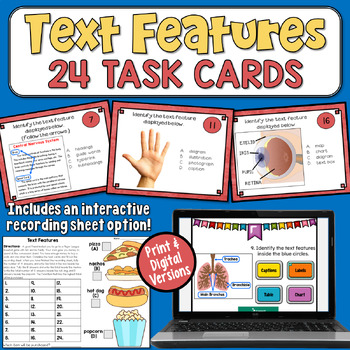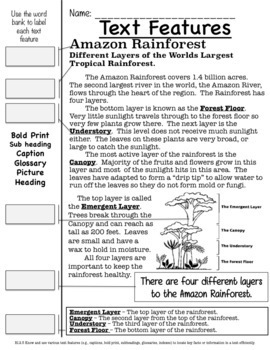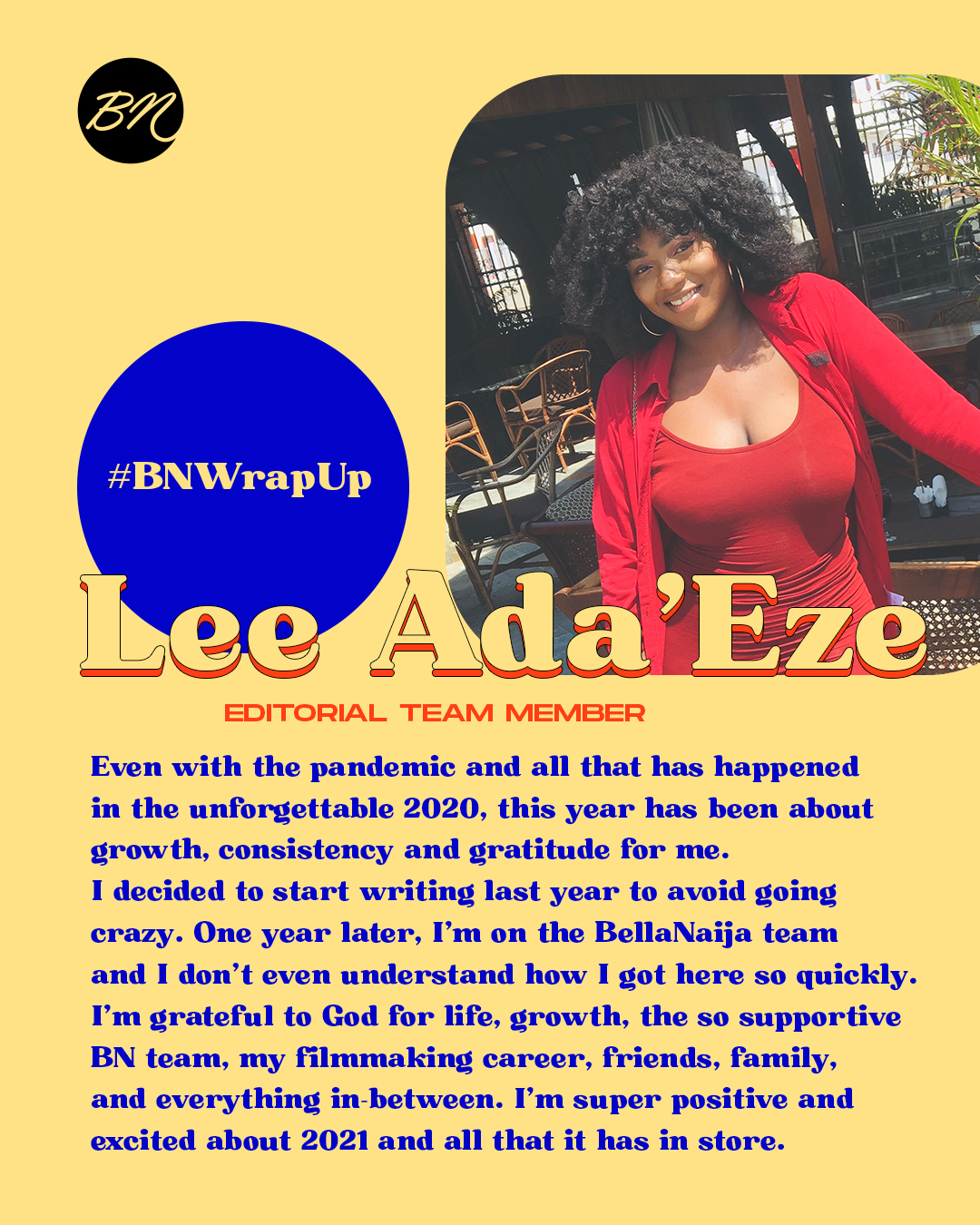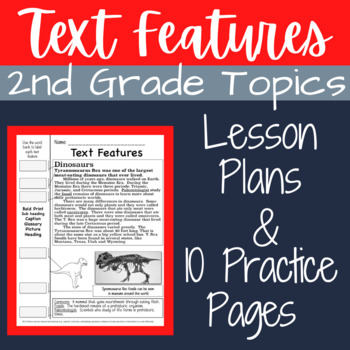- Nonfiction Text Features Project
- Nonfiction Text Featuresteam Patton Middle School
- Nonfiction Text Featuresteam Patton Biography
Do fiction and nonfiction writing have anything in common?
The Library Media program exposes students to quality literature, promotes the joy and adventure of reading for pleasure and for information and through an integrated and collaborative program, provides a framework for learning in the 21st Century, ensuring that students and staff are effective and ethical users and producers of ideas and information. Quote by George Patton: “For over a thousand years Roman conquerors retu.” “For over a thousand years Roman conquerors returning from the wars enjoyed the honor of triumph, a tumultuous parade. The #1 Jeopardy-style classroom review game now supports remote learning online. It’s Free, Easy and Loads of fun! Create engaging Jeopardy-style quiz games in minutes or choose from millions of existing Jeopardy game templates. Try Remote Buzzer-Mode for even more fun!
After all, their goals are fundamentally different. One wants to entertain, the other one mainly educates.
But take a look at Hunter S. Thompson’s work and you will know better. Thompson was a master at crafting tight, compelling fiction, and he used these very same fiction techniques to become one of the most highly acclaimed and fascinating nonfiction writers in history.
How to write a nonfiction book using fiction techniques
There’s no doubt: If you want to hook your audience, some story techniques come in extremely handy. It’s basic human psychology.
Take a page from your favorite fiction writer and adopt these five nonfiction writing tips.
1. Tell a memorable story
Humans have been fascinated by stories since the dawn of time. At lunch, we tell our newest stories to our co-workers; at night, we tell fanciful tales to our kids and then consume suspense from our flatscreens.
We remember stories much better than abstract rules, formulas or concepts. Your post or essay will be stronger and more relatable if you include little examples, experiences and comparisons.
For example, instead of saying “Spinach is healthy,” you could tell a story about a runner who improved his performance by eating a lot of spinach. Just two or three additional sentences is often enough to help your words hit home for the reader.
2. Bait your audience
Great fiction grabs you right at the beginning and doesn’t let your attention go until the end. Why not do the same with your nonfiction?
If your article is online, it’s in direct competition with thousands of other articles; your reader can choose from all of them instantly, and mostly for free. She could also just close her browser and go watch TV. In today’s multimedia world, attention is the number one commodity.
Does your first sentence make the reader want to read the second? Does your second sentence evoke curiosity for the third? Here are a couple of options for beginnings that I found worked best for my blog:
One strategy is beginning with a littlepersonal or historical story. Take a look at the storytelling tips above and make sure to always keep the reader wondering what’s next. Before he knows it, he will be halfway through your article.
You could also ask a question that moves your audience. If you write an article about how to save money, how about a start with “Isn’t it frustrating that at the end of any given month, there is no money left in your wallet?“ That’s how you put yourself in the reader’s shoes, to make her identify with you and your article.
You could start with an interesting or funny thought, too. When you’re writing about the phases of the moon, why not begin the post like this: “Did you know that on the moon, you would only weigh 16.5 percent of your weight on Earth?” Unit 2 the derivativeap calculus.
By using one of these strategies, you have a better chance of catching your reader’s attention — and keeping it. Logitech rechargeable 524764 trackpad for mac.
3. Use emotional language
Bad nonfiction pieces are overly factual and prosaic. (Think of the last academic paper you read. Snooze!) They often employ a certain “code” of complex sentence structures and foreign words to make them seem more credible and expert-like.
The antidote: use more imagery, more emotion and more personality. Metaphors are also an interesting way to add some spice. Instead of writing “double-digit percent fluctuations,” write, “a rollercoaster ride of ups and downs.”

The less abstract your nouns, the better. Any noun of something you’re able to touch physically is better than something you can’t touch. Palpable words draw the reader into your text more effectively, so he experiences them instead of simply reading them.
Certain words like ”confession” or “magic” are emotionally charged power words that hit your audience strongly. They make them feel your content. Power words can evoke vibrant emotions, and emotion will keep the reader’s eyes glued to every single word of yours.
So read some Hemingway or Dickens, reconnect with the emotional side of your writing, and stir up your audience’s feelings!
4. Say it simply
Have you ever given up on an article or instruction manual because its wording frustrated you? If you have great content, don’t encrypt it. Provide even more value for your reader by cutting the content down into easily digestible bites.
Look at any post on The Write Life: The content is top-notch, but it’s all packed into short sentences and easily understandable vocabulary. Ideas are broken down into detail. You see short paragraphs and a lot of white space. All the components of tight, simple writing are right before your eyes.
Many great novels are written in a fairly simple style. They impress with story rather than with wording. Take any novel by Charles Bukowski: Do you think his prose would have the same effect if it used long-winded, multi-clause sentences and a jungle of technical terms? Rather than trying to make a sophisticated expression, Bukowski conveys emotion and character.

Say it as simply as possible, but make sure your idea comes across.
5. Surprise the reader
Good fiction is full of surprising twists, but nonfiction often reads predictably, which is to say, dull.
Do it better and include an unexpected twist or turn when you can. It will keep things interesting and fun for your audience. Why do we watch dramas and why do we like our gifts wrapped up? It’s for the kick of the surprise that awaits us.

Keep readers on their toes by asking them a question and answering it in a way they wouldn’t have expected. For example, if you are writing an article about robots, you could ask: Which famous person drew early plans for a robot?
(Answer: Leonardo da Vinci drew up plans for an armored humanoid machine in 1495.)
You could also make a statement and follow it up with a point that seems like a contradiction. Don’t forget to explain and reconcile your points. A surprising joke or a provocative comparison can keep the reader interested as well, provided it fits your style and the format of your writing. Be imaginative, just like a fiction writer.
Finally, how can you train yourself in the above techniques?
One way helps for sure: read a lot of great fiction. The storytellers’ styles and strategies will spill over into your unconscious, and before you know it, you’ll be a master at helping every reader fall in love with your writing.
What do you do to grab your reader’s interest? Share your secret weapons in the comments!
This is an updated version of a story that was previously published. We update our posts as often as possible to ensure they’re useful for our readers.
Photo via Dean Drobot / Shutterstock
Featured resource

Find Your Freelance Writing Niches: Make More Money for Less Work
If you’re not satisfied with your income from freelance writing, you need to start specializing. This ebook by John Soares will show you why and how.
You’re going to enjoy this new product line – Nonfiction Text Feature Scavenger Hunts! They are engaging, active, and focused on text evidence.
In this post, you will see:
- How the Scavenger Hunt Increases Learning.
- When to Use the Scavenger Hunt.
- What’s in the Text Feature Scavenger Hunt?
Here’s a quick overview video, and then we’ll get into the details.
Text Feature Scavenger Hunt
Increase Learning with the Scavenger Hunt
Students love scavenger hunts! If your students have experienced a well-made scavenger hunt, you know how engaging they can be.
In a scavenger hunt, students are out of their seats, moving around, talking about the content and skills, and energetically participating in learning. You’ll never catch a student yawn in a scavenger hunt!
In addition to the active participation, student learning is increased in this scavenger in two important ways:
- Scaffolding: The questions on the first day of the scavenger hunt are simpler and really focus on using text features to locate information.
- Application: The second day gives students the benefits of repeated reading, but they face more challenging application-level questions.
How to Use the Scavenger Hunt
There are 8 unique informational texts in this nonfiction text feature scavenger hunt. You can use the hunt in a single day if you choose. This will work well after a text feature mini-lesson. There are two pages of student questions, totaling 16 text feature tasks.
However, your students will benefit most if you plan fortwo days of scavenger hunts.
Here’s how:
If you're a fan of our games, tutorials or ideas, and you'd like to show your support financially, or if you just want to help keep the N servers running, please click the button below to make a donation. Ngame?. The N Game is probably one of the hardest platform puzzlers currently available. The concept is deceptively simple. Just guide your nimble ninja to the door to exit the level. 942 likes 234 talking about this. NGame is a gaming and online video creator managed by an individual person. We're working to find the perfect formula to create the best content. N Game: Gravity is overrated. Without it, you could slam dunk a hippopotamus like a basketball, and if you didn't want to do that before you definitely do now. N could totally pull off a hippo-dunk in between platforming for gold bits and avoiding a crazy course of deadly obstacles. Ngame is a town in Kyauktaw Township, Sittwe District, in the Rakhine State of western Myanmar (formerly known as Burma), located on the right bank of the Kaladan River, just south of the border with Chin State.
- Group students in 2-4.
- Post scavenger hunt pages 1-8 around the room or in a hallway.
- Pass out the student answer page 1.
- Assign each group to one of the 8 pages. This is their starting point.
The purpose in the scavenger hunt is to complete the task on one page/card. Then the students self-check their work by locating the answer on another page/card around the room. This also informs them which order to work the questions.

- They read the page and answer the corresponding question on the student answer page.
- After choosing the answer on the student page, the group goes around the room searching for their answer [the answers are in “answer boxes” on the bottom of each page].
- When they find their answer, they can confirm it was correct.
- Then they work that page and continue until all pages are complete.
If groups cannot find their answer, then they know it was incorrect and must retry.
On the second day, repeat the scavenger hunt with pages 9-16.
Nonfiction Text Features Project
The power of a scavenger hunt is the embedded feedback students receive!Click To TweetWhat’s Included in the Text Feature Scavenger Hunt?
Included in the Nonfiction Text Features Scavenger Hunt #1 [STAAR]:
- 16 Scavenger Hunt Cards (8.5″ x 11″)
- 8 unique nonfiction texts with graphics
- 16 unique text feature questions
- The first 8 questions focus on using text features to locate information.
- The last 8 questions (with repeated reading) are more challenging and focus on comprehension using text features.
- Directions on how to use as two separate scavenger hunts
- Two student answer pages
- Teacher answer keys
The informational texts are written on high-interest topics: basketball, gymnastics, soccer, baseball, camping, archery, hiking, and gardening. They are written above-level at reading ranges 700-800 (Reading Levels 4.7-5.7).
Nonfiction Text Featuresteam Patton Middle School
Preview the Text Feature Scavenger Hunt
Nonfiction Text Featuresteam Patton Biography
You can download the free preview at TeachersPayTeachers, Text Feature Scavenger Hunt.
